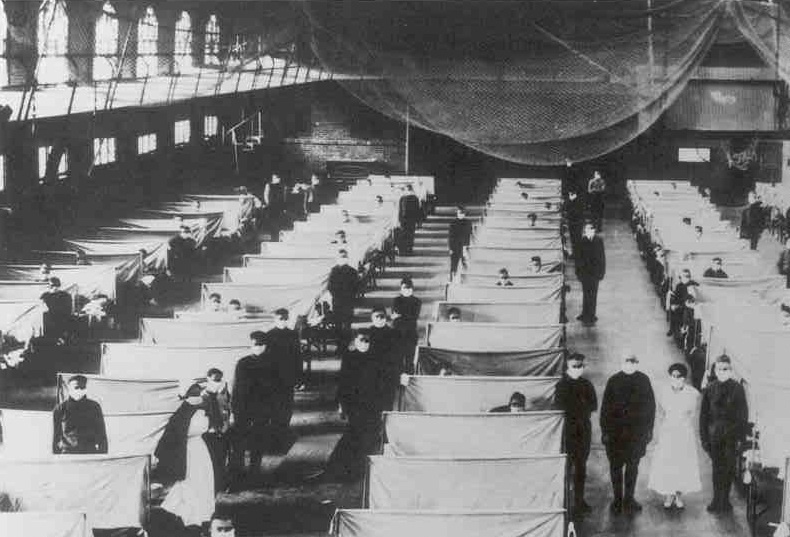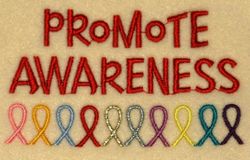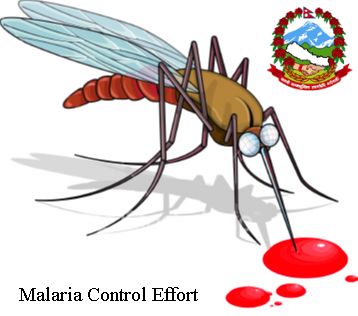Top 5 Worst Diseases Of History


Throughout history mankind has suffered the mortal effects of ravaging diseases brought on by number of factors ranging from animals to one single human host. Given below are the five worst diseases that have plagued humankind in recorded history. Most of them have taken the lives of millions of people of this planet. Some of the worst are still prevalent and are killing people even today. Thankfully, most of the worst ones have been eradicated.
Smallpox (430 BC- 1979)
One of the worst and most deadly of all diseases in history is smallpox. This destructive disease killed 300 million people in the 20th century alone! About 60 million were killed in Europe in the 18th century due to small pox. WHO estimated that 15 million contracted, and 2 million died from smallpox in 1967. Two virus variants, Variola major and Variola minor, were responsible for the disease. V major killed about 30-35% of its victims while V. minor killed about 1%. Successful vaccination campaigns throughout the 19th and 20th centuries led to a complete eradiciation in 1979. Although small pox is the one of the worst diseases in history, it is the only human infectious disease to have been completely eradicated.
Typhus (430 BC – today)
The term “Typhus” is derived the Greek word typhos, meaning smoky or lazy, describing the state of mind of those affected. Between 1918 and 1922, it killed about 3 million people. Most of them were found to be Napoleon soldiers. Typhus is spread by a louse-borne bacterium that resides on mice and rats. The disease flourishes under poor hygienic conditions, such as prisons, refugee camps, amongst the homeless, and in military camps out in the field (until recently).
A possible first outbreak of the disease was reported in a convent in Italy in 1083. However, the first epidemic was in Athens during the Peloponnesian War. It was known as the Plague of Athens. President Franklin Pierce’s son died from it in 1843. A vaccine was developed during the Second World War. Now epidemics only occur in Eastern Europe, Middle East and parts of Africa.
Malaria (1600 – today)
Malaria is a vector-borne infectious disease caused by protozoan parasites. It is widespread in tropical and subtropical regions, including parts of the Americas, Asia, and Africa. Each year, this disease is found in approximately 515 million people and kills between one and three million (about one person every 30 seconds). Most of them include young children in Sub-Saharan Africa. Malaria is one of the most common infectious diseases and an enormous public-health problem. The disease is caused by protozoan parasites of the genus Plasmodium. The most serious forms of the disease are caused by Plasmodium falciparum and Plasmodium vivax, but other related species can also infect humans. Although some are under development, no vaccine is currently available for malaria; preventative drugs must be taken continuously to reduce the risk of infection.
AIDS (1981 – today)
Acquired Immune Deficiency Syndrome (AIDS) has made a deadly mark in its short history. In thirty years period AIDS has killed 25 million people worldwide, 3.1 million in 2005 alone, and it is estimated that 40.3 million people are now living with the HIV virus. Cases of the disease continue to rise in most parts of the world. AIDS is in fact not itself a disease but a collection of symptoms and infections resulting from the specific damage to the immune system caused by the human immunodeficiency virus (HIV) in humans, and similar viruses in other species (SIV, FIV, etc.). The late stage of the condition leaves individuals susceptible to opportunistic infections and tumors. Although treatments for AIDS and HIV exist to decelerate the virus’ progression, there is currently no known cure of AIDS.
Cholera (1817 – today)
Cholera was the first truly global disease. Ten years after it was first reported it was the most feared disease in the world. Cholera (or Asiatic cholera or epidemic cholera) is an extreme diarrheal disease caused by the bacterium Vibrio cholera. Through eight pandemics cholera has killed hundreds of thousands worldwide.
The major reservoir for cholera was long assumed to be humans, but some evidence suggests that it is the aquatic environment. In its most severe forms, cholera is one of the most rapidly fatal illnesses known—a healthy person may become hypotensive within an hour of the onset of symptoms and may die within 2-3 hours if no treatment is provided. More commonly, the disease progresses from the first liquid stool to shock in 4-12 hours, with death following in 18 hours to several days without rehydration treatment.
COVID Pandemic ( 2019- 2022) – Still going on. As we talked about diseases of the past, modern day corona virus pandemic was one of the disaster in terms of human loss, morbidity and financial aspect. It reshaped the world in infinite ways.
Article by: Binaya Kafle
Facebook: http://facebook.com/brk.chekhob
Twitter: http://twitter.com/themedicalway






6 Comments
I Have all these diseases 🙁 i think i shit my pants
tis hep meh owt a lot tank u so muh fo macng dis i wuv hwo u heped me owt so muh meh no a loot mor naw
This really helped me go further into my research
I LIKE THE WAY YOU EXPLAIN THE WAY IT GOES STEP BY STEP. THIS REALLY HELP ME OUT ON MY SCIENCE POWERPOINT AND DON’T WORRY I PUT IT IN MY OWN WORDS.
Next list of top 5 would be :-
Diabetes
Hypertension
Heart Diseases
Cancer
AIDS
corona is gonna replace one of those i think
Comments are closed.